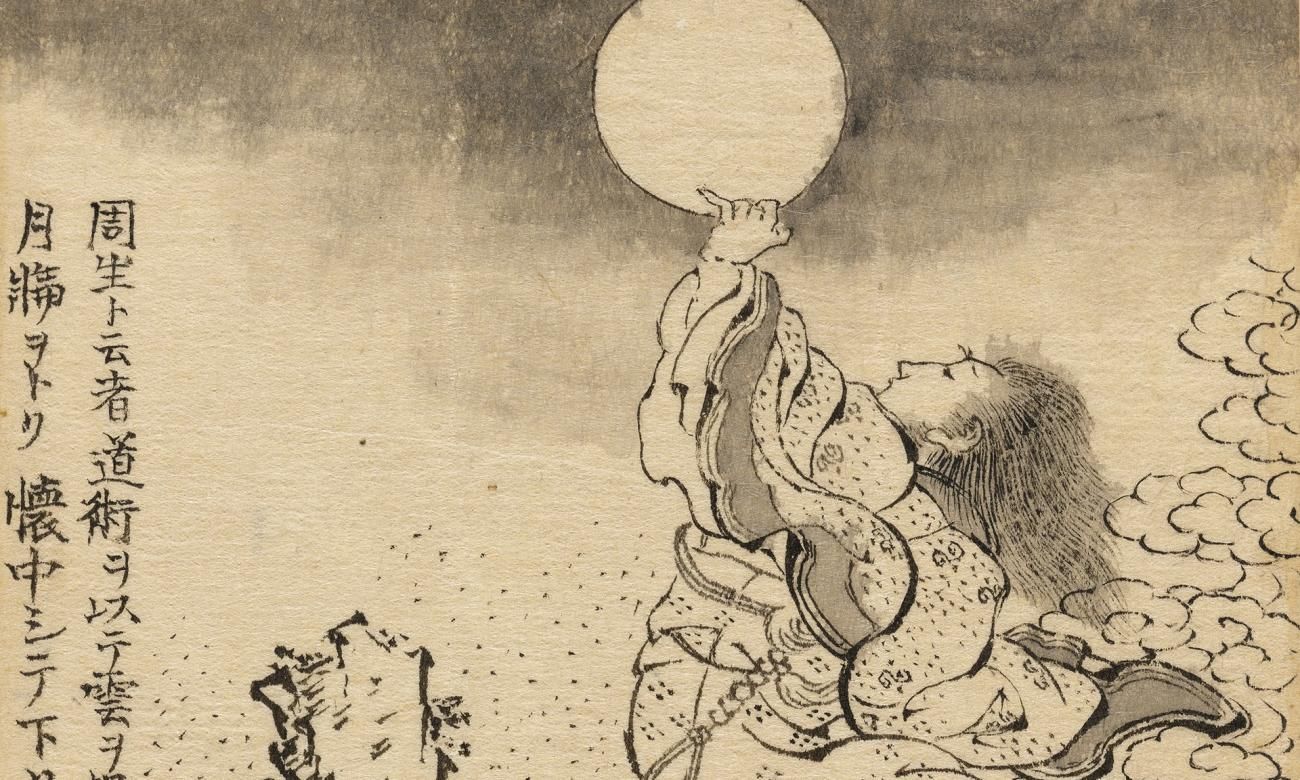
Hokusai: What Makes Him So Popular? - Webinar
- 25 January 2022
- 13:00 - 14:15 (GMT)
- Online
- https://dajf.org.uk/event/hokusai-what-makes-him-so-popular
- 020 7486 4348
- events@dajf.org.uk
- Tweet
Katsushika Hokusai (1760-1849) is one of Japan’s most famous artists, and his ukiyoe still enjoy great popularity today. His work travelled to the outside world in the late 19th century when Japan opened up, and became an inspiration to many European artists. Hokusai’s art has been exhibited all over the world, but its scope has yet to be fully understood, and new discoveries continue to be made.
In this webinar, Alfred Haft, a curator at The British Museum, will consider the reasons for Hokusai’s popularity in connection with the Museum’s rediscovery of a group of more than 100 rare Hokusai drawings, and their display in the Museum’s current exhibition, Hokusai—The Great Picture Book of Everything. Tane Tsuyoshi, a Paris-based Japanese architect, will talk about the Hokusai exhibitions he has curated in Paris and Tokyo, creatively deploying a combination of immersive installations and digital art. We hope to shed new light on Hokusai’s multifarious talent.
About the contributors:
Alfred Haft (PhD) is a Project Curator in the Department of Asia at the British Museum, focusing on Japanese art of the Edo period, especially woodblock prints. He has published on various aspects of Japanese prints and print history, including ‘Hokusai and Late Tokugawa Society’, in Timothy Clark, ed., Hokusai: Beyond the Great Wave, and Aesthetic Strategies of the Floating World: Mitate, Yatsushi and Fūryū in Early Modern Japanese Popular Culture. He holds a PhD in Art and Archaeology from SOAS, University of London.
Tsuyoshi Tane is a Paris-based Japanese architect, and founder of Atelier Tsuyoshi Tane Architects. In 2006 he won the international design competition for the new Estonian National Museum, which took 10 years to complete and was re-opened in autumn 2016. He also gained international attention in 2012 when his “Kofun Stadium” proposal for the New National Stadium of Japan was selected as one of the finalists. He is currently involved in multiple projects around the world, mainly in Europe and Japan, with the common theme “Archaeology of the Future”. Tane’s major works include the Estonian National Museum (2016), Hirosaki Museum of Contemporary Art (2020). The Al Thani Collection – Hôtel de la Marine(2021), and Todoroki House in Valley(2018). He was nominated for the Mies van der Rohe Award 2017, and has won many other awards, including “Nouveaux Albums des Jeunes Architectes 07-08” from the French Ministry of Culture, the Grand Prix at AFEX 2016, the 67th Japanese Minister of Education’s New Face Award for Fine Arts, and Nikkei Architecture’s Architect of the Year 2019 and 2021. In addition to giving frequent public talks and lectures, he holds teaching positions at Columbia GSAPP and Tama Art University.
